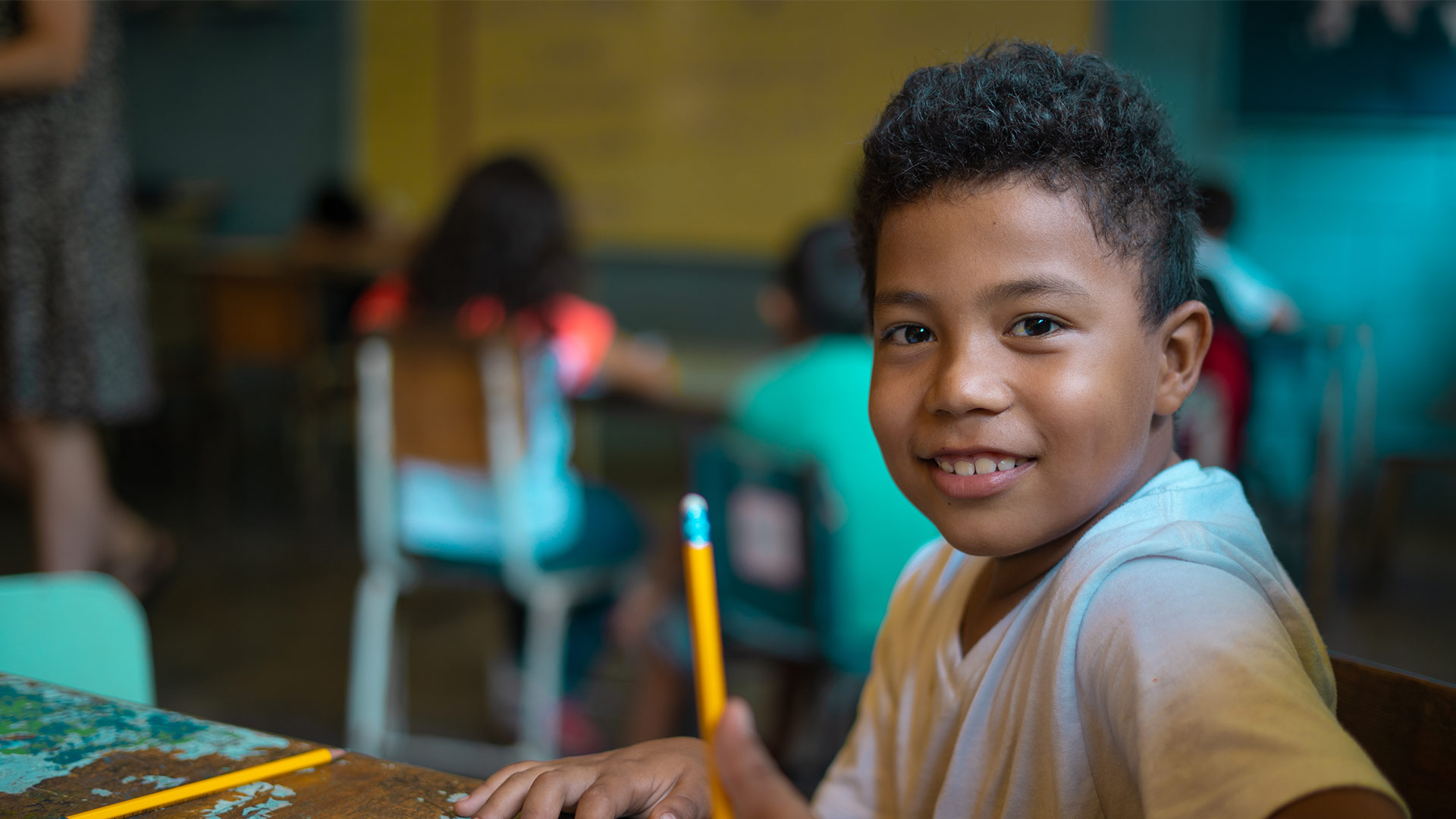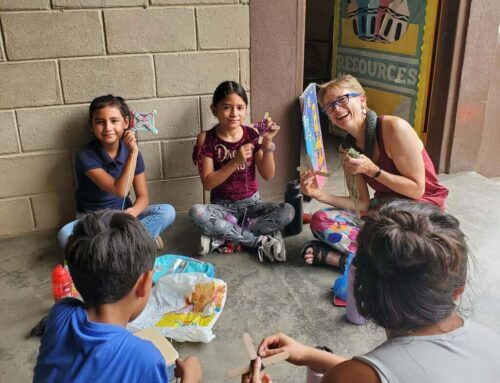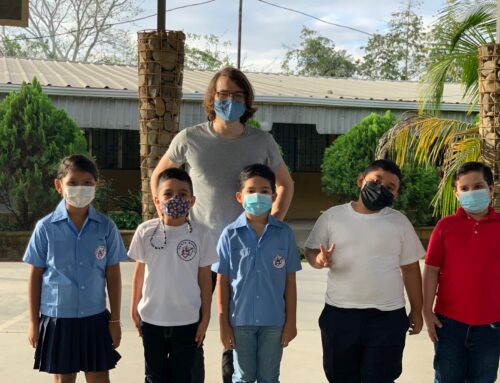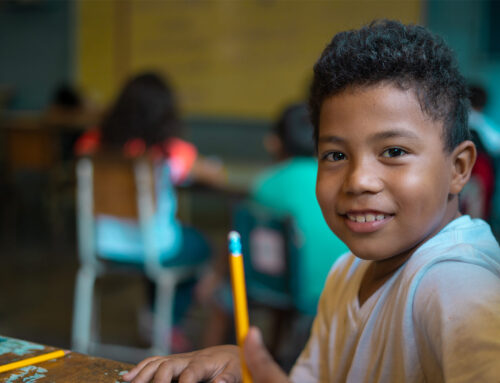The word tipico literally means “typical.” So if you’re passing through San Pedro Sula and you say you’re going to stop by somewhere tipico for lunch, it usually means you will go somewhere for beans and rice with tortillas or baleadas, as opposed to eating fried chicken, pizza, or Chinese takeout. But I would say it is no more “typical” to see people eating beans, rice, and baleadas than it is to see them fried chicken or pizza or Chinese food. A tipico name may be something like Jose or Miguel, but I have met just as many Hondurans with names like Joseph or Michael. Tipico clothing for a man might be a button-down collared shirt with work pants and a cowboy hat, but there are plenty of young men who regularly wear clothes and hairstyles more similar to the guys on Jersey Shore out for a night on the town. Tipico music may be some simple melodies with guitars and accordions, but reggaeton, bachata, and English language pop music are more commonly heard in the middle of Cofradia. So the best idea I can get of what is really tipico is not something that is necessarily common, but rather something that is “traditional.” Tipico is, in a sense, the old-school Honduras.
So Dia Tipico was not really a “typical day,” but rather one day where the parents, nuns, and staff try to bring back the old-school and celebrate those things that are unique about Honduras. So for this Dia Tipico celebration, we asked each student to come dressed in ropa tipica, and the school was full of boys dressed like little cowboys and girls wearing long, bright dresses. I had never seen the kids dressed so adorably before, and they were all very excited to be wearing their outfits. Plus, they love any day where they don’t have to wear their uniforms. Brunch was served at different booths by our parent volunteers who cooked various different traditional dishes, like baleadas, pupusas, grilled corn, and horchata juice, among other treats. We had a few tipico games set up for everyone to play; mine was hopscotch, which everyone got very excited about and kept drawing new squares in chalk and asking me to time them to see who could get through it the fastest. I think our record was 15 seconds–not bad for a 30-foot hopscotch game. There was also a balloon animal booth, which doesn’t really fit with the tipico theme, but seriously, who doesn’t love balloons? We ended the whole day with a special show with some traditional dances, performed by two groups from outside the school, which everyone enjoyed. Each dance ended with the chorus “¡Que viva Honduras!”
So there you have it. One day in the year when we take a break from the pizza, fried chicken, globalized fashion, and club music to remember and celebrate what is unique about Honduran culture. Even though it’s only one day a year, I hope my students remember that their heritage is special and unlike that of any other country anywhere, and that they shouldn’t hesitate to “keep it tipico” from time to time.








